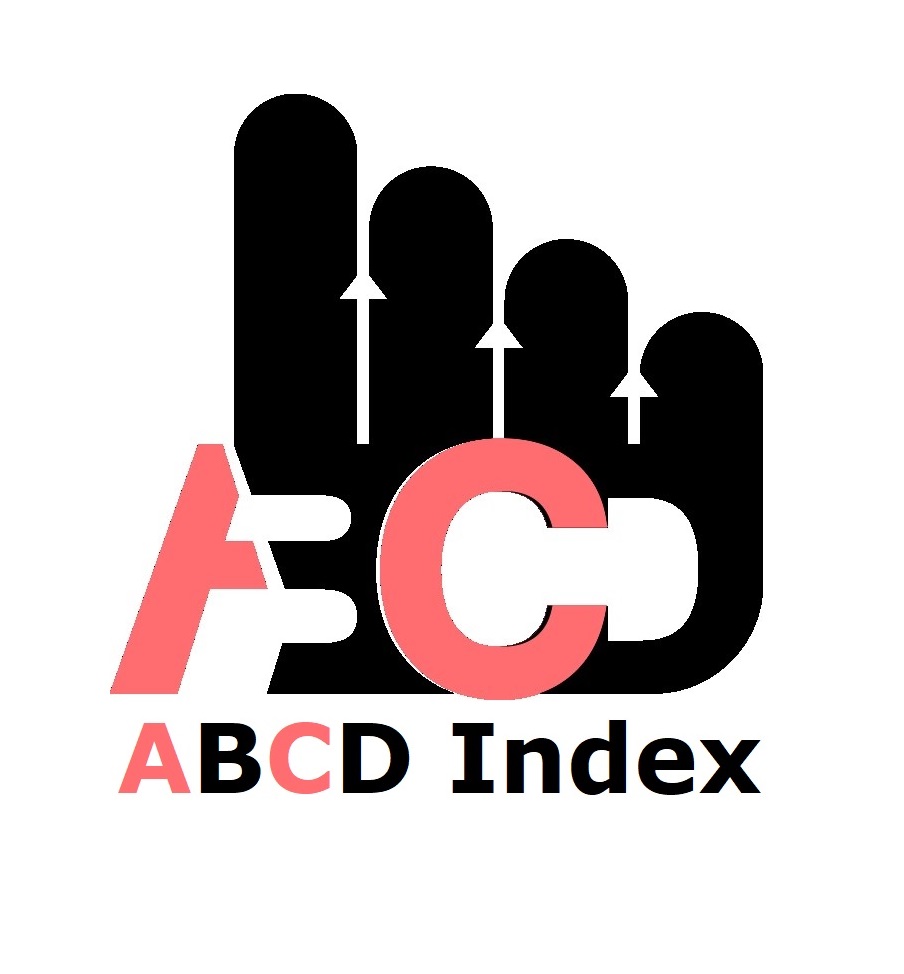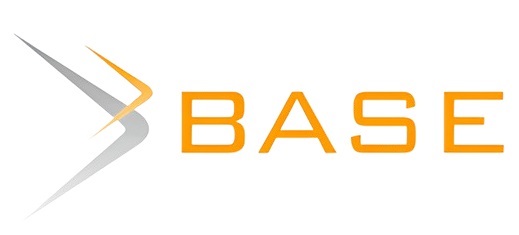Influence of Debt Restructuring Strategy Implementation on Performance of Selected Commercial Banks in Kisumu Kenya
Keywords:
Commercial Banks, Debt Restructuring, Performance, Strategy ImplementationAbstract
Kenya witnessed the failure of several banks, such as Imperial Bank and Dubai Bank. The study examined the influence of debt restructuring strategy implementation on the performance of selected commercial banks in Kisumu, Kenya. The research was based on risk management theory. The research design used in this study was a descriptive survey. Kisumu City was chosen because it is one of the fastest-growing cities in Kenya, as it is endowed with natural resources and robust industries centered around the processing of agricultural products, whose contribution to the national economy is immense, making it an epicenter for business in East Africa. The research used 34 operational banks in Kisumu City as the target population for a five-year period from 2017 to 2021. The respondents consisted of 102 managers from the selected banks who were chosen via the purposive sampling method. To collect primary data, structured questionnaires were used. Both descriptive (frequencies, percentages, means, and standard deviations) and inferential statistics (Pearson correlation and hierarchical regression analysis at a significance level of 0.05) were employed to analyze the quantitative data. Findings indicated that debtors are free to take out new loans in order to minimize their overall interest burden and that loan maturities may be extended in order to cut monthly payments. The study established that debt restructuring strategies had a significant positive effect on performance, with a correlation coefficient of 0.633 and an R2 of 0.401. Loan researchers concluded that loaning is considered the main bank operation, with over 70% of bank revenue emanating from loaning activities. The study recommended that commercial bank management should control the volume of credit and incorporate the collection strategy into its credit policy.
Published
How to Cite
Issue
Section
Copyright (c) 2023 Maryline Barasa, Charles Tibbs, Ayub Shitseswa

This work is licensed under a Creative Commons Attribution-NonCommercial 4.0 International License.
Most read articles by the same author(s)
- Cecilia Mbula Musyoka, Ayub Shitseswa, Dishon Munuhe Wanjere, Effect of Stakeholder Participation in Planning on Performance of Kenyan Alcohol Manufacturing Firms , African Journal of Empirical Research: Vol. 4 No. 1 (2023): Jan-Jun 2023
- Naliaka Moureen Linda, Charles Tibbs, Dennis Bulla, Impact of Asset Quality Compliance on Financial Performance of Nairobi Securities Exchange Listed Commercial Banks , African Journal of Empirical Research: Vol. 4 No. 2 (2023): Jul-Dec 2023
- Ogla Jelagat, Maniagi Musenga, Ayub Shitseswa, Effects of Debtors’ Management on Financial Performance of Savings and Credit Cooperative Organizations in Nandi County, Kenya , African Journal of Empirical Research: Vol. 4 No. 2 (2023): Jul-Dec 2023
- Christine Kananu Gitonga, Robert Egessa, Charles Tibbs, Effect of Career Development on Talent Engagement in Selected Private Technical and Vocational Education Training Institutions in Kenya , African Journal of Empirical Research: Vol. 5 No. 4 (2024): Oct-Dec 2024
- Gilbert Okochet Ikapel, Charles Tibbs, Mary Nelima, Effect of Quantity Environmental Reporting Disclosure on Financial Performance of Manufacturing Firms Listed in the Nairobi Securities Exchange , African Journal of Empirical Research: Vol. 4 No. 2 (2023): Jul-Dec 2023























